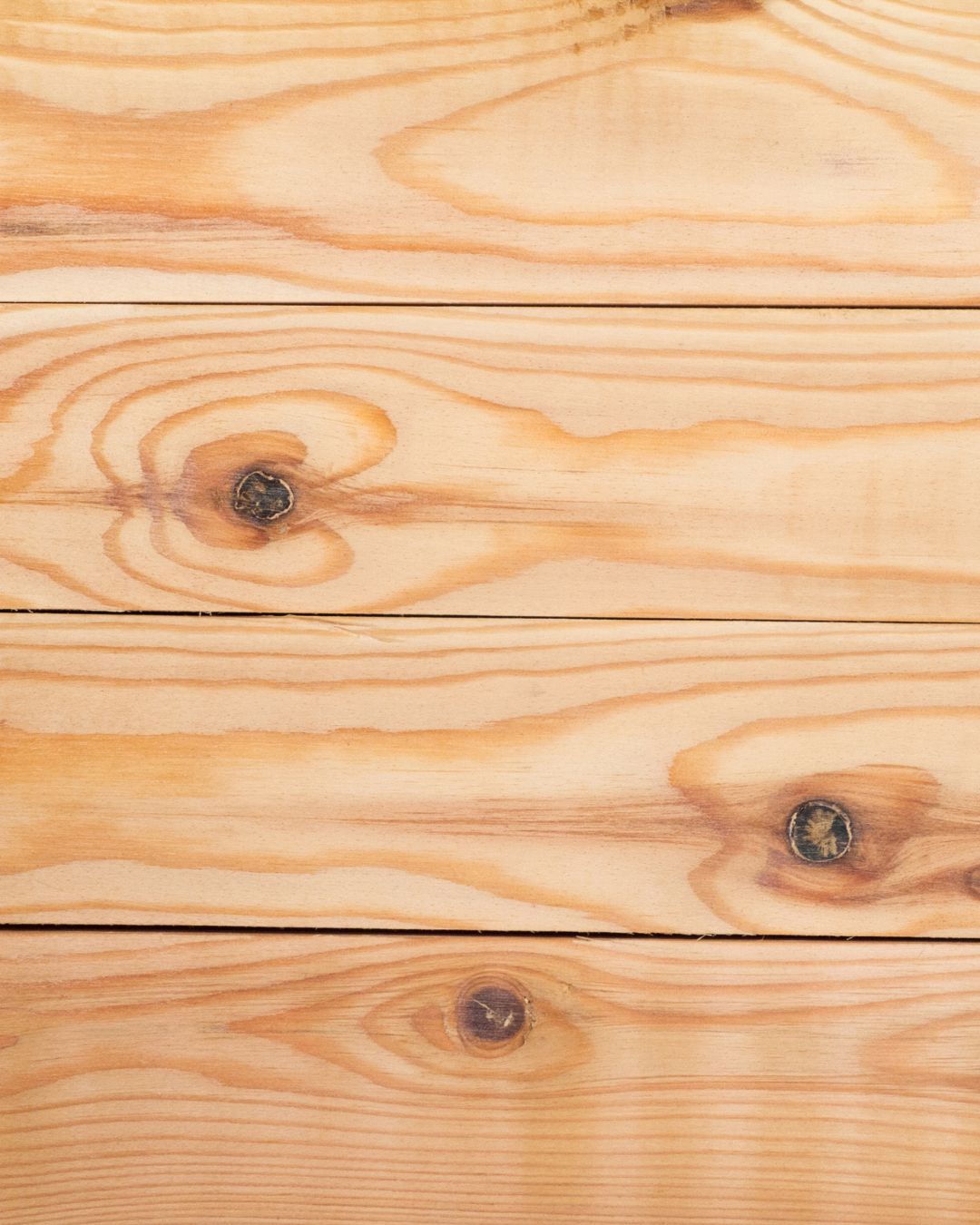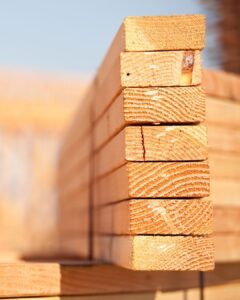Interesting Facts and Insights about Lumber
Selecting the appropriate lumber for a personal DIY or commercial project can often seem daunting. The extensive selection of wood varieties and quality levels, covering both hardwood and softwood classes, requires a basic knowledge of lumber selection criteria to guarantee the success of your project.
Wood Types Explained
Lumber is broadly categorized into hardwoods and softwoods, but these terms misleadingly suggest a correlation with the wood’s hardness. They actually distinguish between the tree types from which the lumber is sourced.
Hardwoods
Sourced from deciduous trees that lose their leaves annually, hardwoods are typically harder and more durable than their softwood counterparts. Recognized for their fine grain and resistance to wear, hardwoods are preferred for items like furniture and flooring. Maple, oak, cherry, and walnut are prime examples, emphasizing hardwood’s adaptability for diverse projects.
Softwoods
Derived from coniferous trees, which keep their foliage year-round, softwoods like pine, cedar, fir, and redwood are usually softer and lighter, simplifying their manipulation. Their excellent strength to weight ratio and workability makes them ideal for multiple project types including structural uses, outdoor settings, and decking.
Understanding Lumber Grades
Understanding the lumber grading system is essential when planning to make a purchase. It assesses wood based on visual attributes like knots and grain, with grades from 1 (highest quality) to 4 (lowest). Higher grades indicate a piece with minimal flaws, crucial for projects requiring top-notch strength and aesthetics.
Factors Influencing Wood Quality
- Knots: The presence and characteristics of knots can greatly affect lumber’s strength and visual appeal. High-quality lumber generally has fewer knots.
- Grain Patterns: The lumber’s grain pattern not only influences its look but its durability. Straight-grained lumber is often stronger and more visually pleasing.
- Imperfections: Defects such as splits and checks can lower lumber’s grade, impacting its suitability and the project’s overall quality.
Moisture Content and Its Importance
The wood’s moisture content, indicating the percentage of water in the fibers, is a crucial factor, especially for projects requiring staining or finishing. It can vary significantly, influencing the wood’s application suitability.
Measuring Moisture Content
A moisture meter can be employed to gauge the lumber’s moisture content, offering insight into its appropriateness for your intended use.
Expert Advice
American Pole And Timber has a team of highly skilled professionals, each an expert in the various markets they serve with materials. We have the capability to deliver our manufactured materials to projects around the world. To talk about your project needs, call +1(866) 397-3038, or for more information, visit our website.


